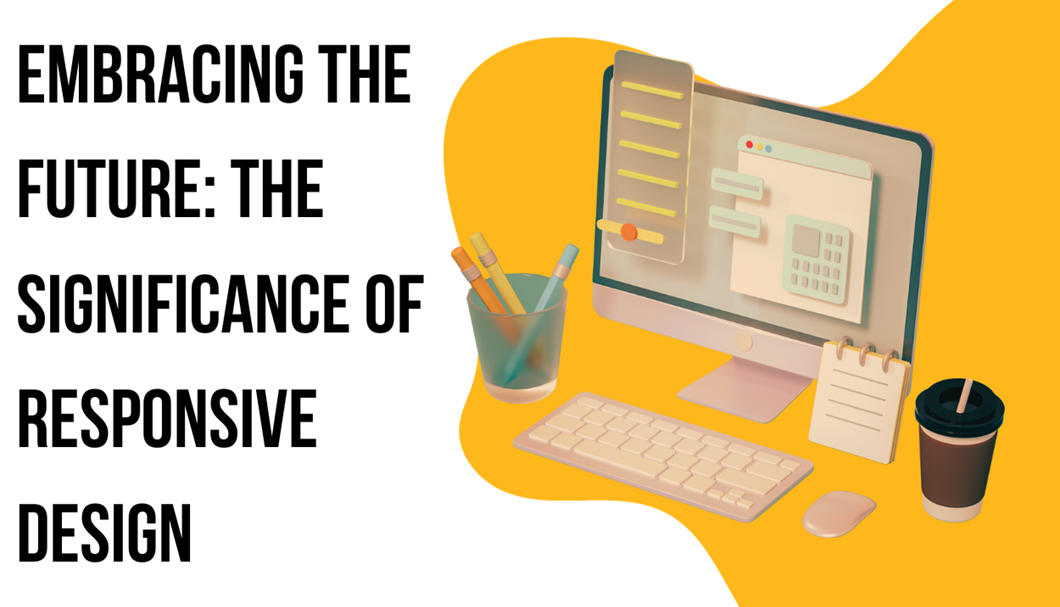In today's digital age, where the variety of devices used to access the internet is continually expanding, creating a seamless and enjoyable user experience is paramount. This is where responsive design comes into play. Responsive design is not just a buzzword; it's a necessity for any website that aims to thrive in the dynamic landscape of the online world. In this blog post, we'll explore what responsive design is, why it matters, and how it can elevate your website to new heights.

Understanding Responsive Design
Responsive design is an approach to web design that ensures a website looks and functions optimally on a variety of devices and screen sizes. Whether your audience is accessing your site from a desktop computer, laptop, tablet, or smartphone, responsive design dynamically adjusts the layout and content to provide an optimal viewing experience.
The Rise of Mobile Users
One of the primary reasons responsive design is crucial is the skyrocketing use of mobile devices. With more people accessing the internet on their smartphones and tablets than ever before, neglecting the mobile user experience can lead to a significant loss in potential visitors and customers. Responsive design addresses this shift in user behaviour by adapting your website to the smaller screens of mobile devices without compromising functionality or aesthetics.
Google's Mobile-First Indexing
Search engine optimization (SEO) is a critical aspect of online visibility, and responsive design plays a pivotal role in this realm. Google, the world's leading search engine, has adopted a mobile-first indexing approach. This means that Google predominantly uses the mobile version of the content for indexing and ranking. A website with responsive design is more likely to rank higher in search results, leading to increased visibility and traffic.
Consistency Across Devices
Consistency is key when it comes to building a strong online brand. Responsive design ensures that your brand identity, content, and user interface remain consistent across all devices. A seamless transition from desktop to mobile enhances user trust and encourages engagement.
Improved User Experience and Engagement
User experience (UX) is a critical factor in the success of any website. A responsive design not only adapts to different screen sizes but also takes into account touch controls, ensuring that interactions are smooth and intuitive on mobile devices. A positive user experience leads to increased user satisfaction, longer dwell times, and higher conversion rates.
Cost-Efficiency
Maintaining separate websites for desktop and mobile users can be resource-intensive. Responsive design streamlines the development and maintenance process by creating a single, adaptable website that caters to all devices. This not only reduces development costs but also makes ongoing updates and content management more efficient.

The Future is Responsive
As we continue to witness technological advancements and the emergence of new devices, the importance of responsive design will only grow. Investing in a responsive website today is an investment in the future, ensuring that your online presence remains relevant and effective across the ever-evolving digital landscape.
In conclusion, responsive design is not just a trend; it's a fundamental aspect of modern web development. From improved SEO and user experience to cost-efficiency and future-proofing your website, the benefits of responsive design are substantial. Embrace the future, prioritize responsive design, and watch your website thrive in the diverse world of online interactions. Learn about our responsive design services here.



